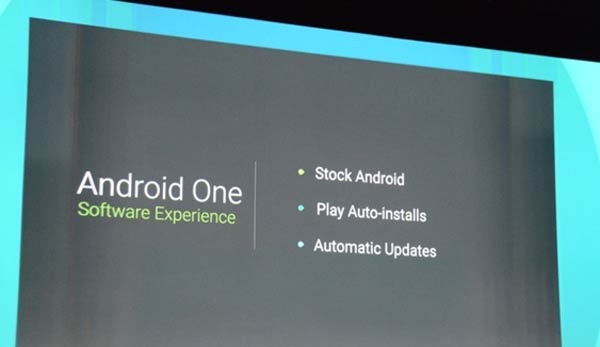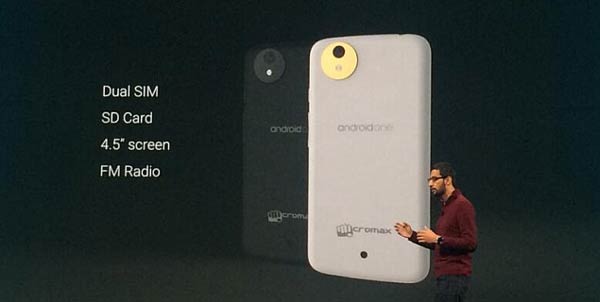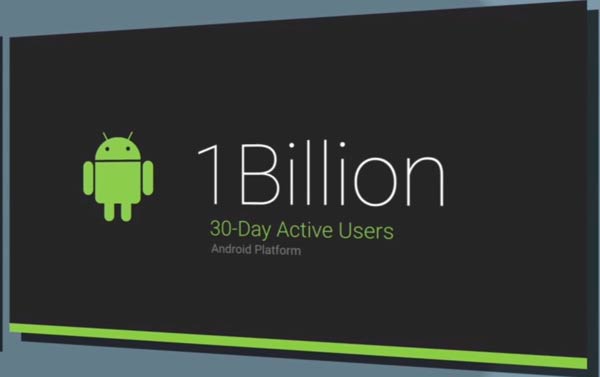Google has announced a new smartphone platform dubbed Android One. This is an effort to help its OEM partners build low-cost phones. Yesterday was the first day of its Google I/O developer conference in San Francisco. The Android One hardware and software reference platform is said to address the mobile computing desires of users in emerging markets and will unify feature sets which are tailored-made for the market the phones are launching in.

Google will be kicking-off the program in India, with confirmed partners including Micromax, Karbonn and Spice. The aim is to create smartphones which are high quality yet affordable in partnership with networks, that will be supplied with reasonable data plans. All partners are said to be launching an initial range of sub-$100 Android One smartphones starting this autumn and Google is looking to extend the program to other countries too.

Attempting to reach the billions of people who don't have access to a smartphone, the Android One phones will be running stock Android and receive automatic updates. Individual OEMs will also be able to add their own apps on top of that, whist Google ensures that there is a minimum set of standards for Android smartphones. Google's Sundar Pichai gave an example at the keynote event by showing off a Micromax Android One smartphone, which features what he regards as vital features for emerging markets including; a 4.5-inch display, dual-SIM support, a microSD card slot and FM radio.
You can check out the announcement in the video below.
1 billion 30-Day Active Users
Google also boasted about passing the milestone of over 1 billion active Android users. The results were very timely for the headline announcement, having been measured during the past 30 days.
Collectively, these active devices are checked about 100 billion times every day, and 93 million selfies are taken each day using Android devices. Google also demonstrated that it has a strong lead in the global tablet market, it currently holds 62 per cent of the tablet usage share.
The numbers may be jaw dropping, but it also means that Google has a very alluring user base for developers to work for.

Android L
Google also discussed 'Android L' which is an early look at the next platform release, as a developer preview. This upcoming OS boasts a new UI design dubbed 'material' which will come to Google platforms across the web and devices. There's a new runtime called the Android Ready Runtime (ART). Also the company has worked on enhanced notifications and energy efficiency. The Android L developer preview will become available later today.













